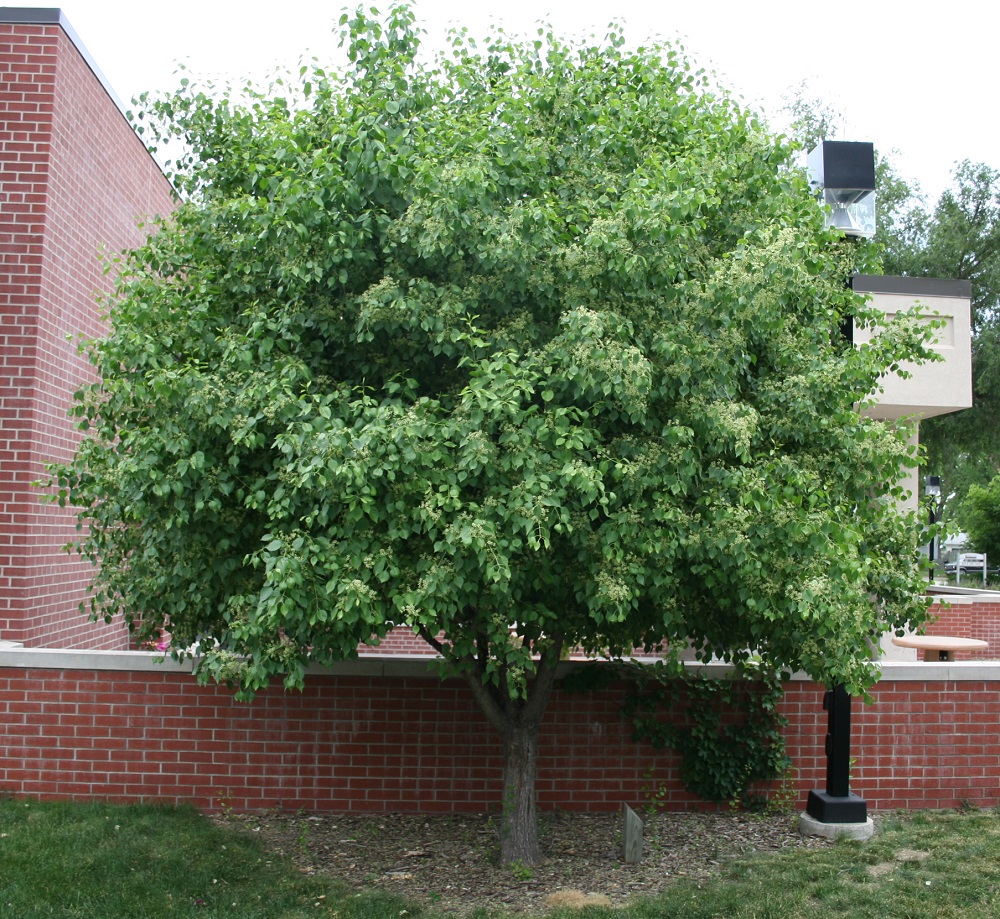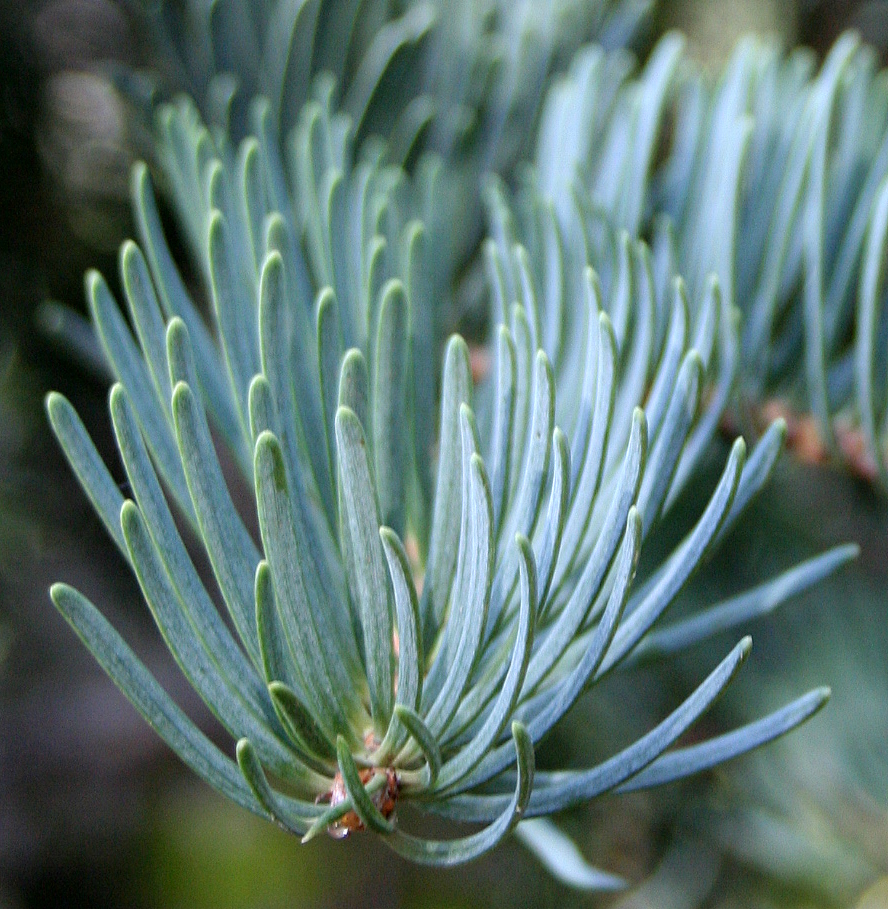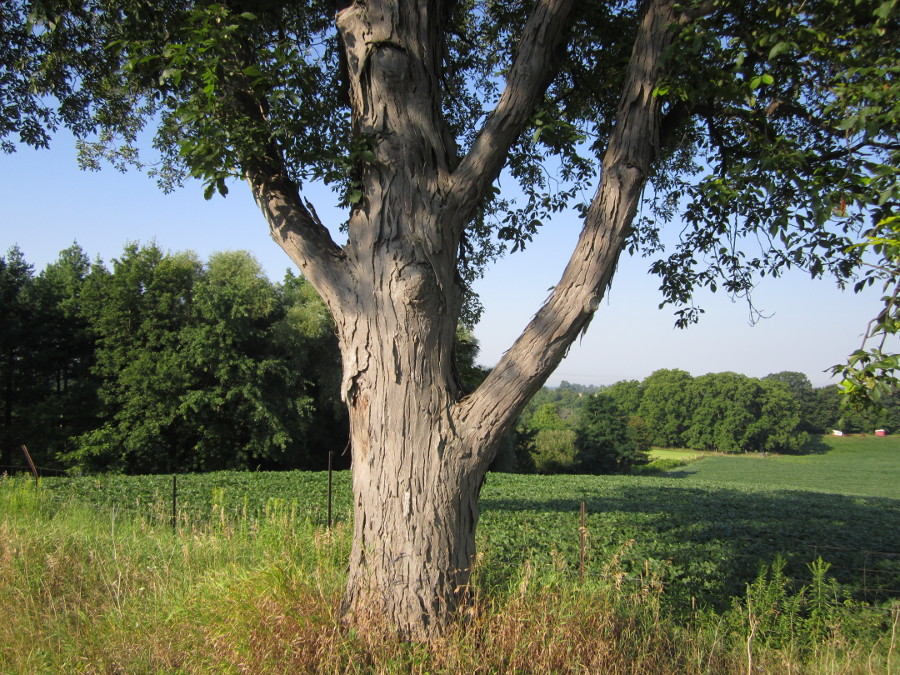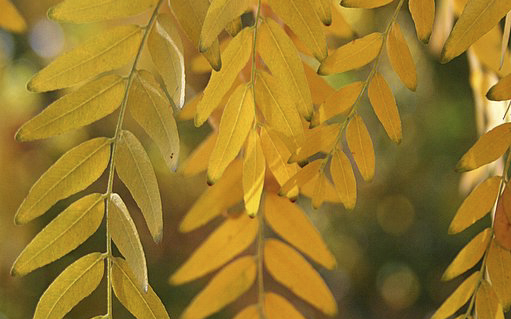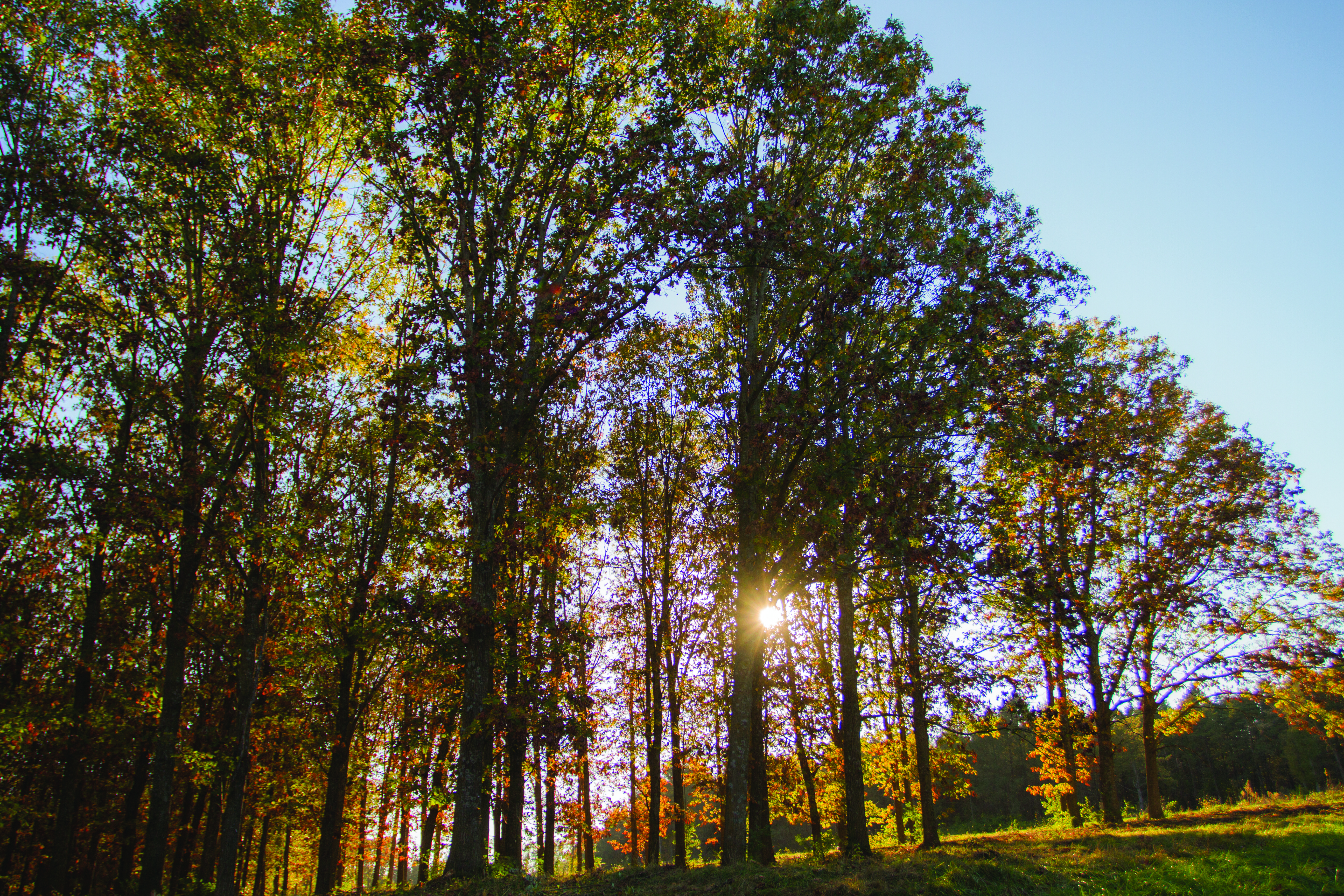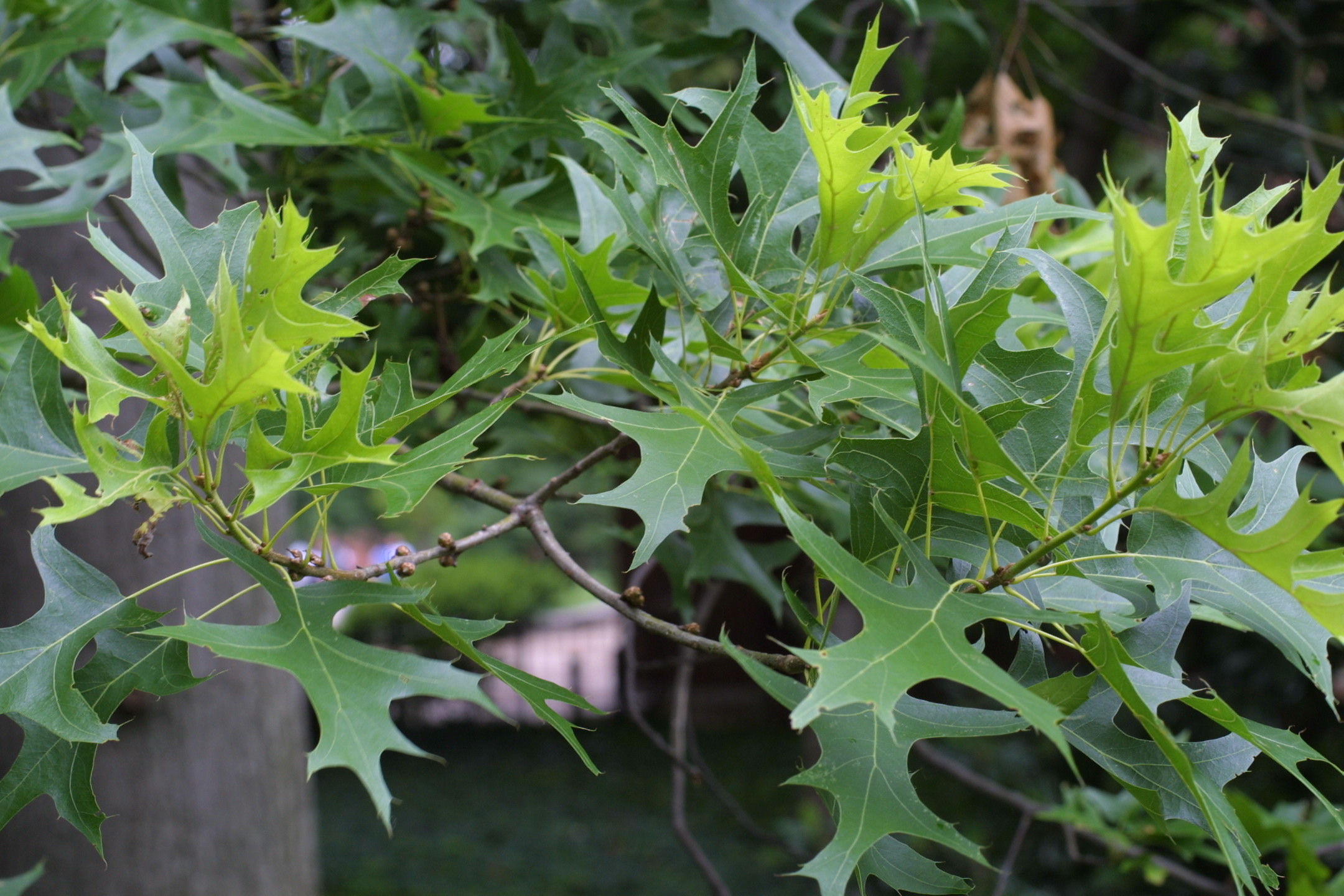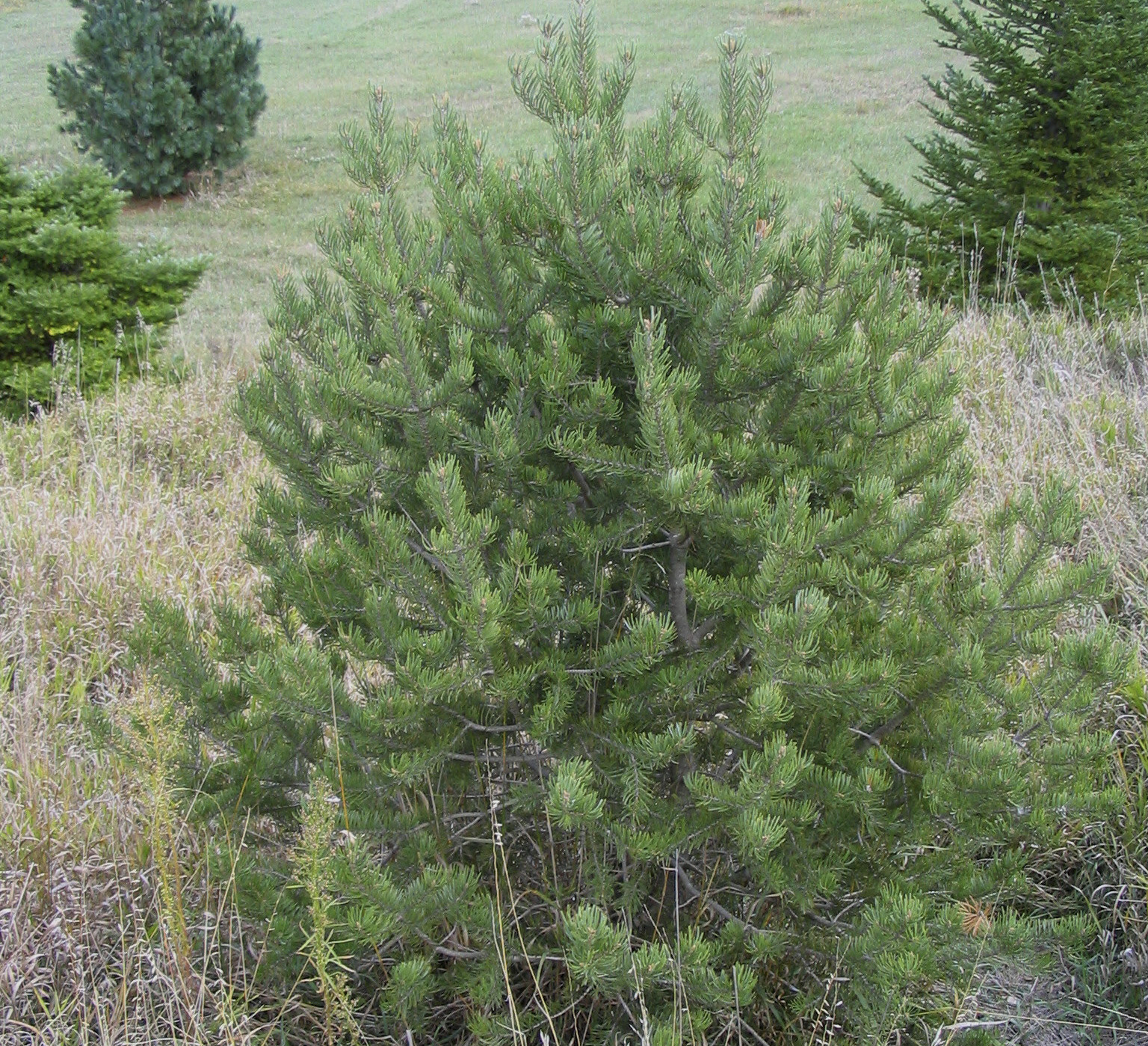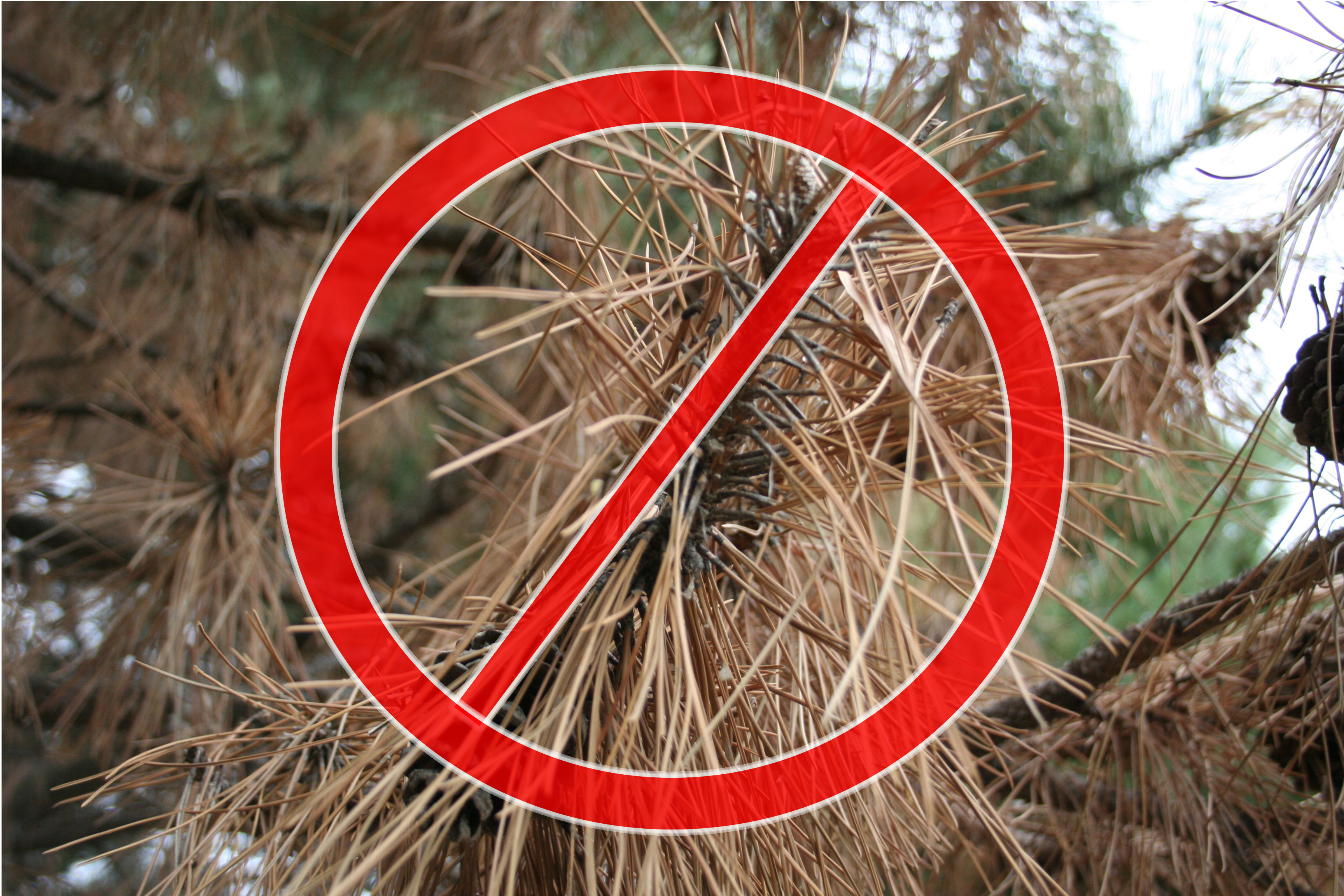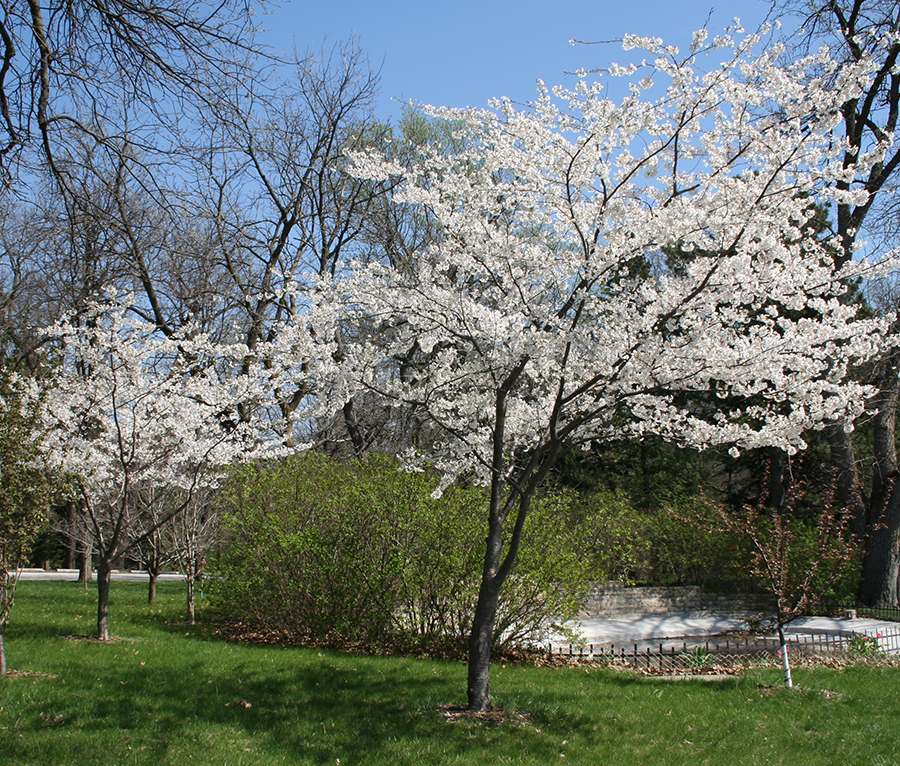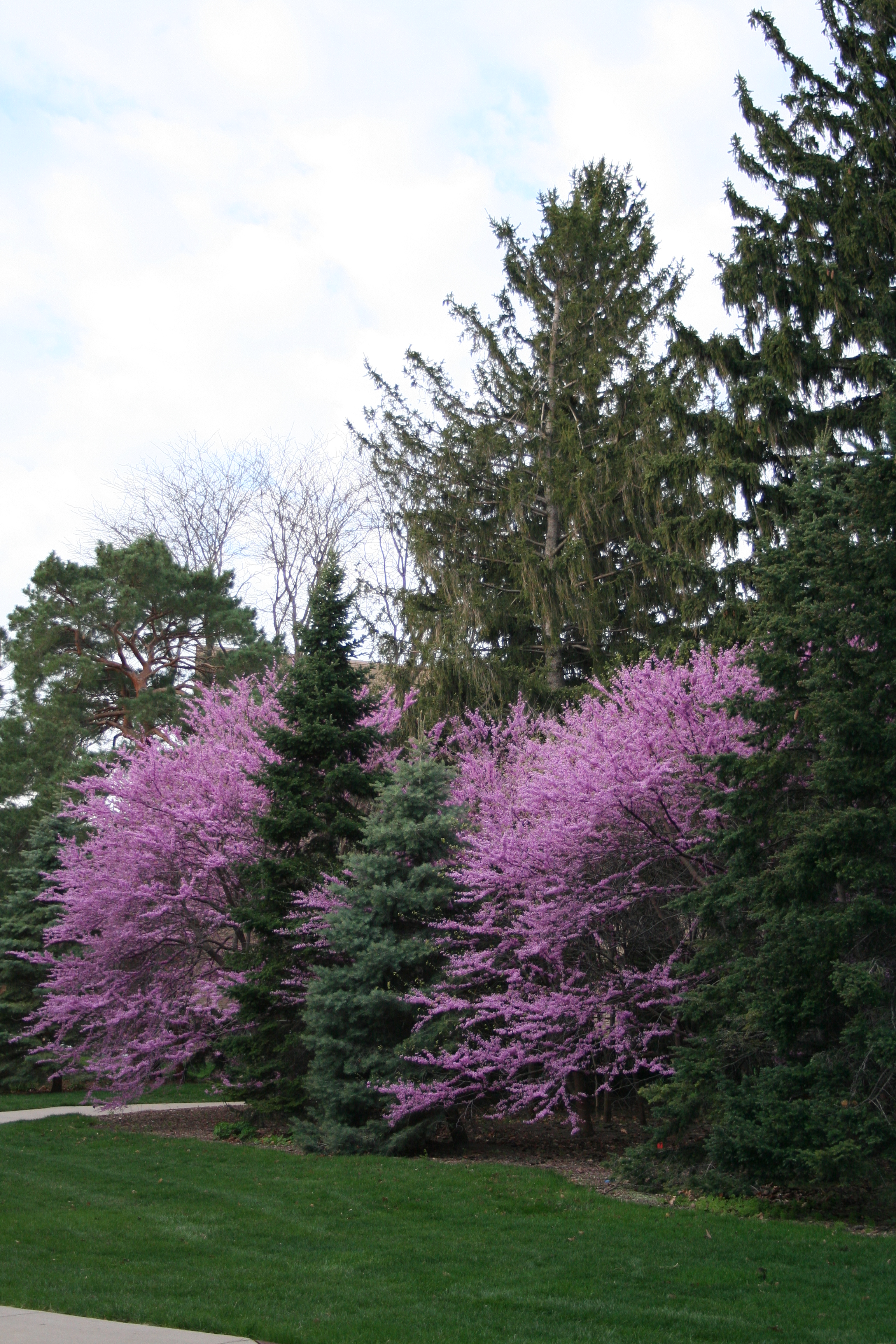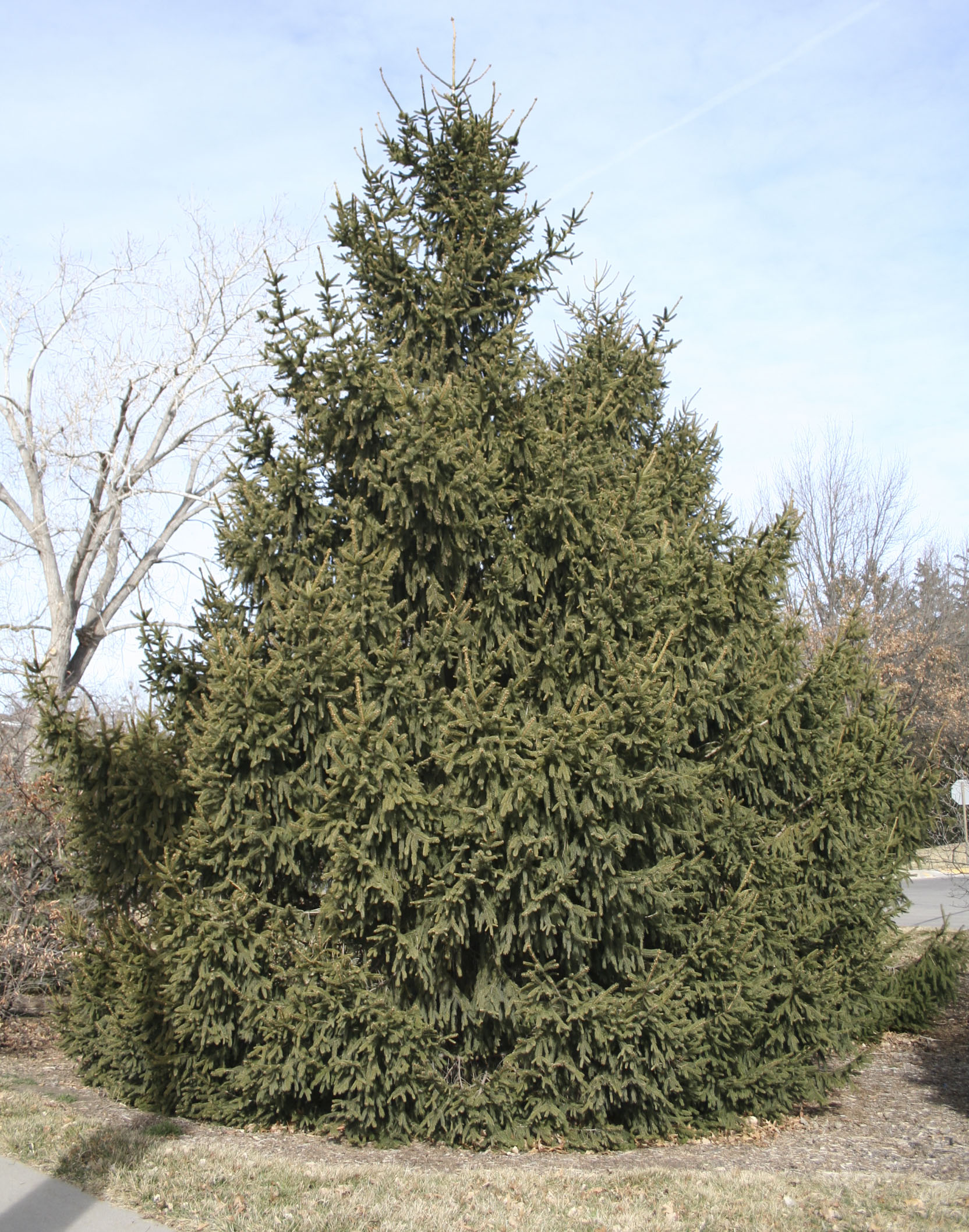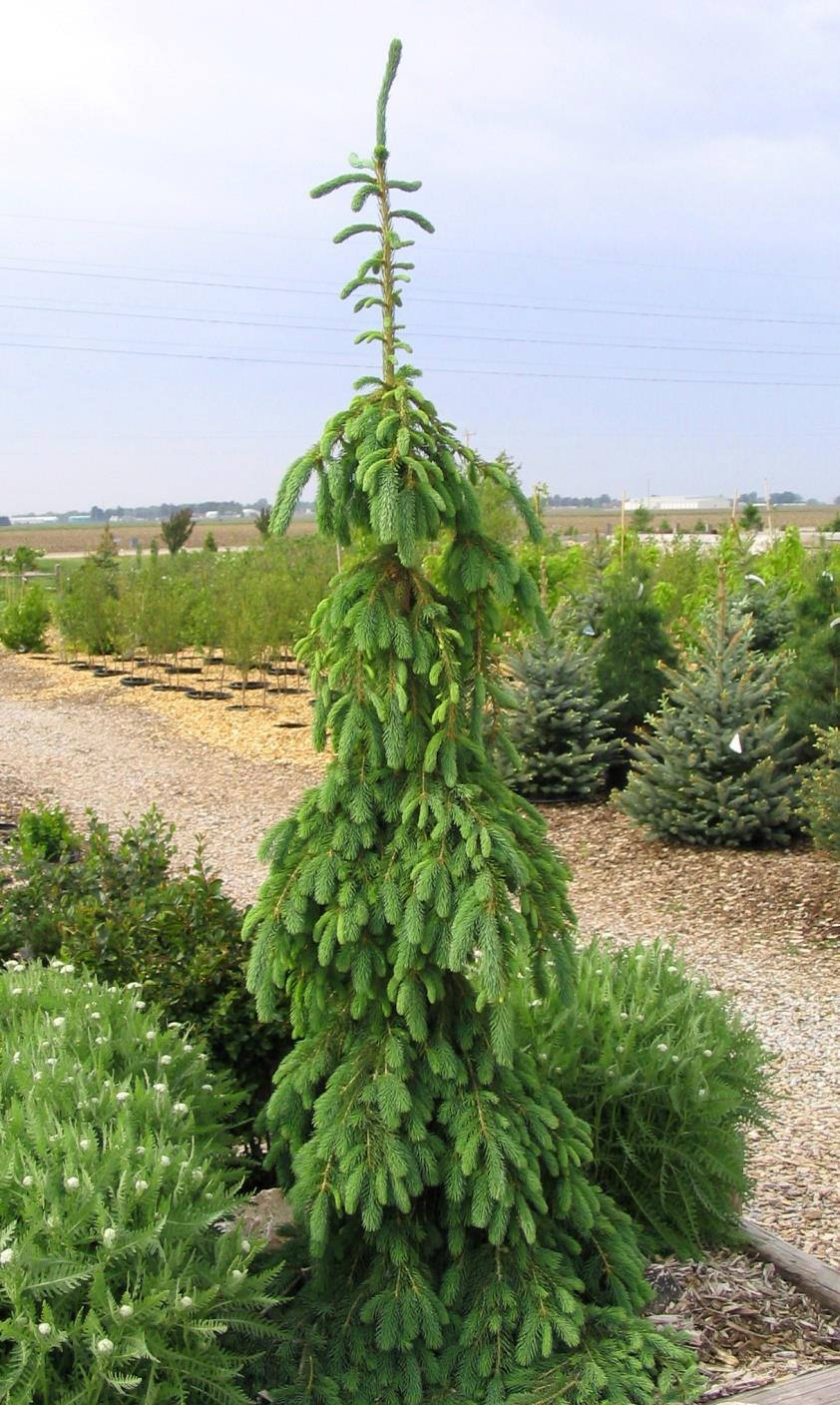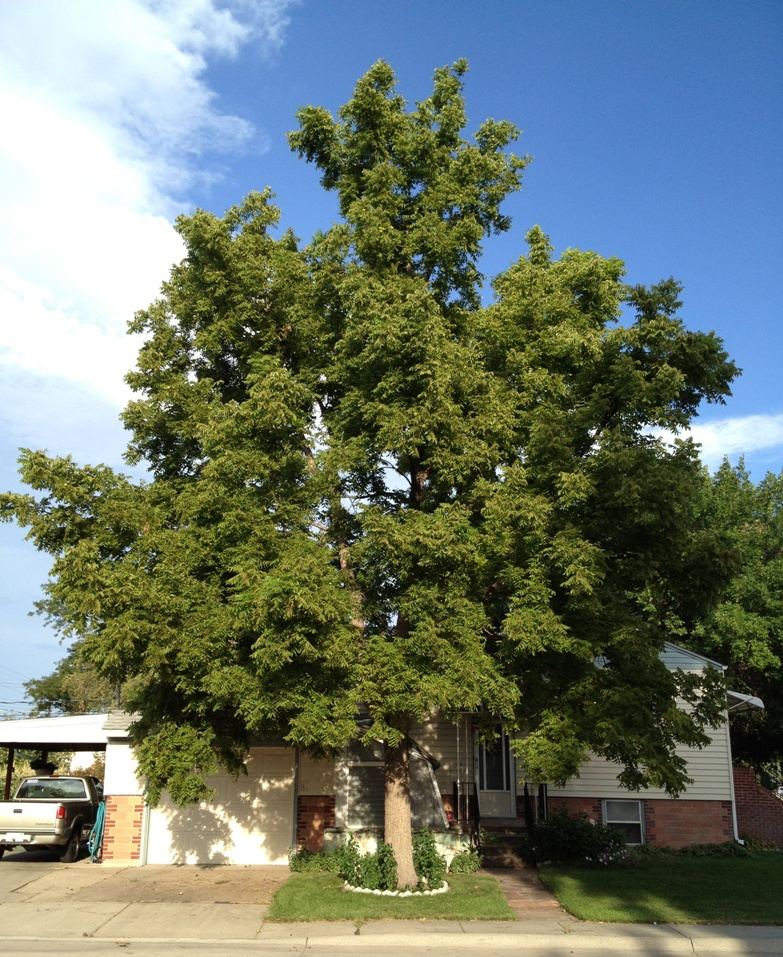Nebraska has a proud history of planting trees!
Since settlement, millions of trees have been planted in Nebraska. Arbor Day, an international holiday, was started in Nebraska. This tree planting tradition continues today. Each year, Nebraska’s Natural Resources Districts (NRDs) help landowners plant more than a million trees throughout the state.
Order Trees TodayEastern arborvitae is a relatively common landscape tree in the eastern half of Nebraska often used in foundation plantings and as screens along property lines. Mature trees may reach 30-40’ in time, but in cultivation typically grow only 10-25' tall, depending on the cultivar used.
Green ash is abundant in Nebraska’s native woodlands and was commonly planted throughout the state after Dutch elm disease. However, the introduction of emerald ash borer has left the species in peril. We no longer recommend planting any native ash trees in Nebraska.
River birch is a fast-growing, medium-sized tree native to much of the east and southeast US and best known for its exfoliating, salmon-colored bark. It is frequently used as a landscape tree in eastern Nebraska.
The buckeye tree is named for its round, shiny-brown nuts born
in a spiny capsule that somewhat resembles a “buck's eye”.
Northern catalpa is primarily used today as a large ornamental shade tree. It is widely planted in urban areas as a street and lawn tree. Conservation uses include plantings in mined-land reclamation projects and shelterbelts.
Chokecherry is common throughout much of the US and southern Canada and grows across Nebraska. It is typically a suckering, multi-stemmed large shrub, but can be a small tree reaching up to 25’ tall.
Kentucky Coffeetree is one of the best trees for Nebraska. This native, pest free tree is an alternative to ash and elm which have been ravaged by insects and disease. It also has a nice golden-yellow fall color, don't you think?
Most people can relate nostalgically to large cottonwoods that shaded favorite camping or fishing spots, that whispered their rustling leaves in the slightest breeze, and which released their cottony seeds like a snow squall on late spring days.
Although the origin of the name “dogwood” is not completely understood,
it had been referred to as the “dog tree” since the 1500s. Most dogwoods are shrubby in nature, but a few can become small
trees.
The species is native to forest edges in the northeastern US from Minnesota to Maine and south to the mid-Atlantic states.
For the first hundred or so years after settlement, American
elm dominated community skylines across the state especially along streets where its tall, arching habit provided leafy
canopies for blocks at a time.
Also known as spindletree, winterberry euonymus is best known for its fall colors of pink, orange, and red found in both its leaves and fruit capsules.
Concolor fir is the most reliable and easy to grow fir for Nebraska. It has become relatively popular as a landscape tree and has also been utilized in some shelterbelts on favorable sites.
Douglas fir is one of the most important timber trees in the United States and is the backbone of the western timber industry. The Rocky Mountain variety is more adaptable to the Great Plains and has been grown successfully across Nebraska, primarily as a landscape tree but sometimes in shelterbelts.
Ginkgo is a very unusual tree. Often referred to as a living fossil, ginkgo leaves appear as fossils dating to more than 200 million years old. Some of these fossils have even been found in Nebraska.
Hackberry may be the king of hard-working trees. It can provide a canopy of shade for decades at a time, and ask for almost nothing in return. Additionally, its deep root system makes common hackberry useful for preventing soil erosion on disturbed sites.
The hawthorns are a diverse and confusing group of plants with at least 200 distinct species occurring throughout the Northern Hemisphere. There are dozens of species native to North America, including several that are grown as landscape trees.
Native to the Midwest including eastern Nebraska and Kansas, where it can be found in the savanna understory and prairie edges.
Eastern hemlock is a shade-tolerant native of the eastern US growing from Minnesota to Maine and south to the higher elevations of Georgia. The tree is not abundant in Nebraska but is occasionally found in protected landscape plantings, especially where a shade-tolerant evergreen is desired.
Bitternut hickory is native to much of the eastern US and reaches its western limit in eastern Nebraska. It is the most commonly encountered hickory in Nebraska’s native woods and is occasionally used in parks and other community plantings.
Along with bitternut, shagbark hickory is one of two native hickories in Nebraska’s eastern woodlands where it is often found growing on relatively moist slopes in association with oaks and lindens.
Honeylocust is a very tough and adaptable tree that is native to woodlands, pastures and fence lines of the eastern Great Plains. Thornless and fruitless varieties have been developed by the horticultural industry and are used extensively in landscaping. The trees are very hardy and are often used in parking lot islands and along sidewalks.
American hornbeam, also known as musclewood or blue beech, is a small, slow-growing understory tree native to hardwood forests of the eastern US and Canada. The tree is perhaps best known for its smooth and sinewy steel-gray bark and the muscle-like look of its maturing trunk and larger branches (thus one of its common names).
As its name implies, Rocky Mountain Juniper is a common evergreen throughout the Rocky Mountains, extending into the Pine Ridge and Wildcat Hills of the Nebraska Panhandle. RM juniper is widely used in shelterbelts, wildlife plantings and landscape plantings in the western Great Plains.
American linden, also known as basswood, is native to the
Missouri River basin of eastern Nebraska and extends along the Niobrara River reaching as far west as the Black Hills of western South
Dakota.
Black locust is one of the most adaptable and easy-to-grow trees for the urban landscape. Due to its showy aromatic flower, it has often been planted as an ornamental, but this practice should be discouraged due to the potential for spread by root suckers.
Amur maple is an introduced, deciduous large shrub or small tree. It can be grown as a multi-stemmed clump or trained into a small tree with a single trunk. It can also be sheared into a hedge.
Boxelder maple is one of the widest occurring trees across North America, extending from Mexico well into Canada and from the east coast of the US to the west coast.
Norway maple is native to central and northern Europe including parts of Norway, indicating its significant cold tolerance.
Red maple’s attractive shape, clean habit, and red fall color have made it one of the most commonly planted trees across the eastern United States including eastern Nebraska. The tree has a remarkably wide native range occurring from Minnesota to Newfoundland south to Florida and Texas, and most points in between.
Sugar maple is one of the most important trees of New England where it is tapped to make maple syrup and is a primary component of that region's beautiful fall color. Though not quite native to Nebraska, sugar maple has proven to be a reliable grower when given good care and favorable site conditions.
Native to southeast Nebraska, black oak is similar in shape and form to red oak, the key differences being smaller, darker leaves and a darker, more furrowed bark. This is a great native tree deserving of greater planting!
Bur oak is considered by many to be the king of Great Plains native hardwoods. It is the most common native oak in Nebraska occurring naturally along many rivers and streams in the eastern third of the state and can be found in pockets here and there as far west as Hitchcock and Dawes counties.
Next to bur oak, chinkapin oak is the second most adaptable white oak that can be grown in Nebraska. It has a wide geographic distribution occurring naturally from Mexico to southern Canada and is native to the southeast part of Nebraska.
As its name implies, English oak is native to England and actually occurs throughout much of Europe extending into western Siberia, attesting to its tough and adaptable nature.
Gambel oak is a scrubby species native to southern Rocky Mountains and four-corners region of the southwestern US. The oak can vary significantly in size and form from depending on its location.
Red oak is Nebraska’s second most abundant native oak occurring on the bluffs of the Missouri River from about South Sioux City to Falls City and extending a few dozen miles westward along some of its major tributaries.
Pin oak is a moderately large tree with normal heights ranging from 70 to 90 feet with diameters between 2 and 3 feet.
White oak is abundant across much of the eastern US reaching its western limit at about the Missouri River where it just reaches into southeast Nebraska. It's an excellent ornamental tree because of its broad round crown, dense foliage, and purplish-red to violet-purple fall color.
Osage orange was first cultivated in the south in the early 1800s. It was brought north by Professor Jonathan Turner, a biology teacher at Illinois College, and promoted as a living fence by John Wright, editor of The Prairie Farmer
Pawpaw is a forest understory tree native to much of the eastern US, reaching its western limit in the oak-hickory forests of southeast Nebraska. It is best known for its large, edible, yellow-green fruits with custard-like pulp. It’s occasionally used as a landscape tree in southeast Nebraska.
Austrian pine is a medium to large conifer that is native to southeastern Europe, especially the higher elevations of the Balkans and Turkey. It has been used extensively in shelterbelts across much of the central and northern Great Plains and is also used in park and landscape plantings. Diseases are now limiting its use in eastern Nebraska.
Eastern white pine is a fast-growing and relatively long-lived, soft-needled evergreen native to the northeastern US and Canada. Its occasionally used for windbreaks and screens and has become a popular landscape tree in eastern Nebraska communities.
Jack pine is a scrubby, northern pine native to much of Canada and south to the Great Lakes and northern New England. It grows further north in Canada than any other native pine. It is extremely cold hardy and drought tolerant and has been used in shelterbelts and conservation plantings in Nebraska where little else will grow.
Limber pine is a medium-sized evergreen native to the Rocky Mountains from Canada to New Mexico where it’s typically found at elevations of 5,000 to 12,000 feet, often reaching the tree line. A few disjunct stands reach out on to the western High Plains including the Pine Bluffs area of western Kimball County, making it one of only two pine species native to the state, the other being Ponderosa pine.
Pinyon pine is native to the Four Corners area of Utah, Colorado, New Mexico, and Arizona where it is typically found growing with junipers on drier sites. It has been used in landscape and screen plantings in western Nebraska, especially the southern Panhandle.
Ponderosa pine is native across much of the western US and reaches eastward into western Nebraska. It is a fairly fast-growing tree and has been a popular choice across the state for windbreaks and general landscape use.
Red pine is a medium-sized evergreen native from eastern Canada south to Minnesota and east to New York. It is typically found on hills, slopes, ridges and plains, often in sandy soils. It is sometimes planted in Nebraska.
Scotch Pine, also known as Scots pine, is a fast-growing, conical to columnar, medium-sized conifer with distinctive flaking orange to red-brown bark. Once common and popular across the Midwest, scotch pine is being decimated by Pine Wilt and is no longer recommended for planting in Nebraska.
American plum is native throughout much of the central US, including the Great Plains. Though typically a shrubby, multi-stemmed plant, it can become a small tree with age reaching up to 20’ tall.
Redbuds are best known for their magenta-pink pea-like flowers that bloom profusely before leaves emerge in the spring. It’s a beautiful small tree with a very naturalistic form, often multi-trunked and wider than it is tall.
Eastern redcedar is a native tree that has long been used in windbreaks, shelterbelts, and conservation plantings across the Great Plains. Due to lack of management and naturally-occurring wildfires, it has rapidly spread into grasslands and riparian forests. Redcedar should be used with caution and planted only where needed for quick sheltering or where little else will grow. Management plans/practices should be in place prior to planting.
Downy serviceberry is a small forest understory tree native to much of the eastern US and reaching its western limit in southeast Nebraska along the Missouri River. It is occasionally used as a landscape ornamental.
Silver maple was heavily planted as an ornamental in many urban areas because of its ease of transplanting and establishment, adaptability to a wide range of sites, rapid growth, and good form. More recently, the tree has fallen out of favor and new plantings are rare.
Colorado spruce (also called blue spruce) is a pyramidal conifer native to Colorado and the central Rocky Mountains. It has been extensively planted across Nebraska in shelterbelts and landscapes and is one of the most common evergreens in communities, especially in central and western Nebraska.
Norway spruce is a large pyramidal evergreen conifer native to the mountains of northern and central Europe (including Norway). It has been used extensively as a landscape tree in eastern Nebraska where it’s distinguished by its large size and its pendulous, droopy branches.
White spruce, also known as Black Hills spruce in our region, is an extremely hardy evergreen conifer native across the northern boreal region from Alaska and northwest Canada to Newfoundland, and dipping south into the US from Minnesota to northern New England. There is an isolated population in the Black Hills of South Dakota, which is where the common name Black Hills Spruce comes from. The tree has been planted in significant numbers across Nebraska where it is used in windbreaks, wildlife plantings, residential landscapes, and community plantings.
Swamp white oak has become one of the most popular oaks for planting in recent years. The swamp white oak is an excellent tree for planting in the yard or as a woodland tree. The tree is native to much of the eastern US, extending from New England into central Iowa.
A tree that can warm your heart even on the coldest day of winter is the American sycamore (Platanus occidentalis). American sycamore is also known as American planetree, buttonwood and buttonball tree. American sycamore is native to 36 states, including Nebraska. You can go to just about any eastern Nebraska community and find at least a few larger sycamore trees. On farms it was (and still is) often planted for shade.
As can be guessed by both its common and scientific names, tulip tree is named for its tulip-like, yellow-green flowers that are born at the end of branches shortly after leaf emergence each spring.
Black walnut is by far the hardiest and adaptable nut tree that can be grown in Nebraska. The species is native to much of the central and eastern US and occurs naturally in river-edge woodlands of eastern Nebraska and follows the Niobrara River as far west as western Cherry County.
Black willow is one of the most common tree-form native willows encountered in the Great Plains. As such, it evolved as an important food source and habitat for local and visiting wildlife.

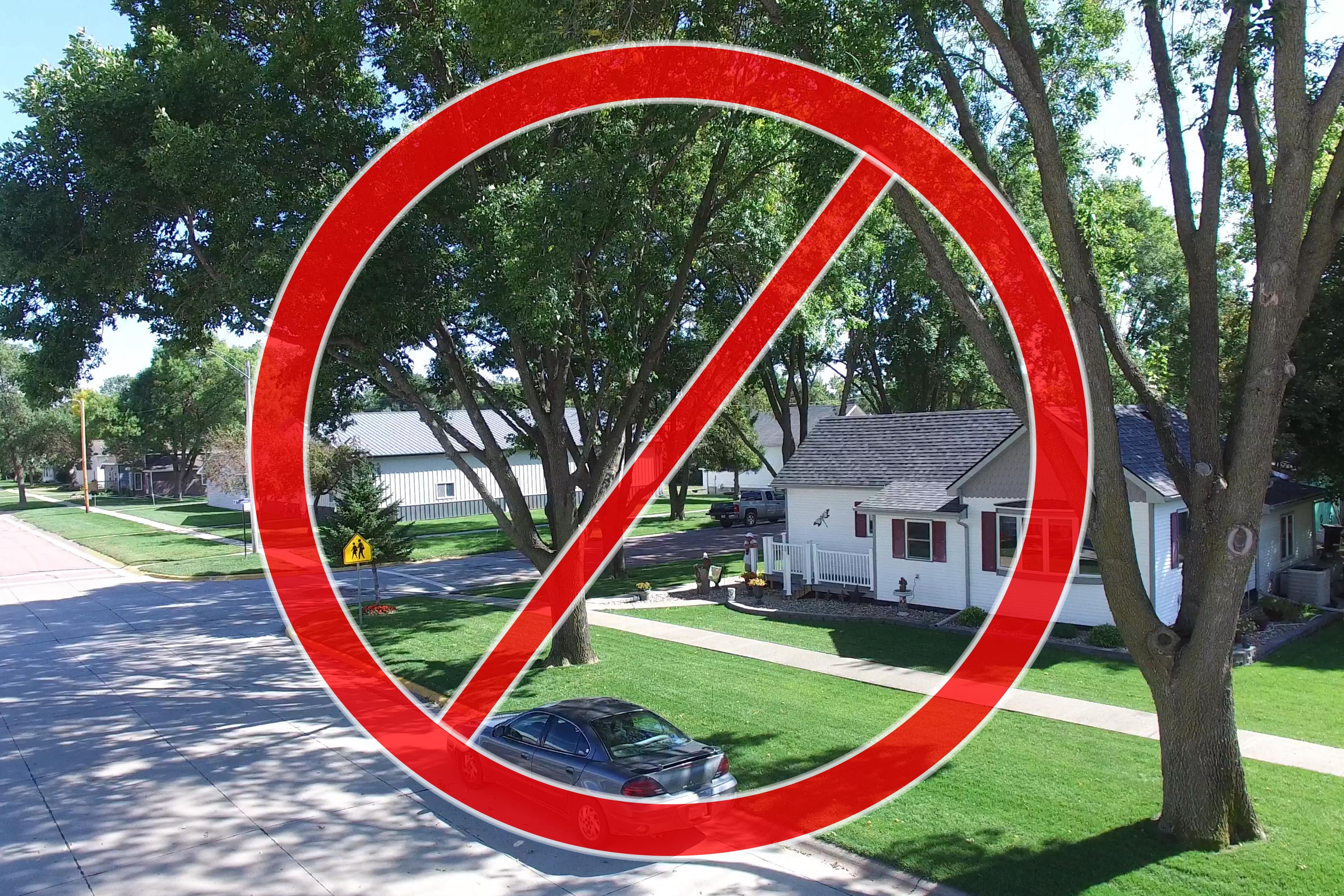
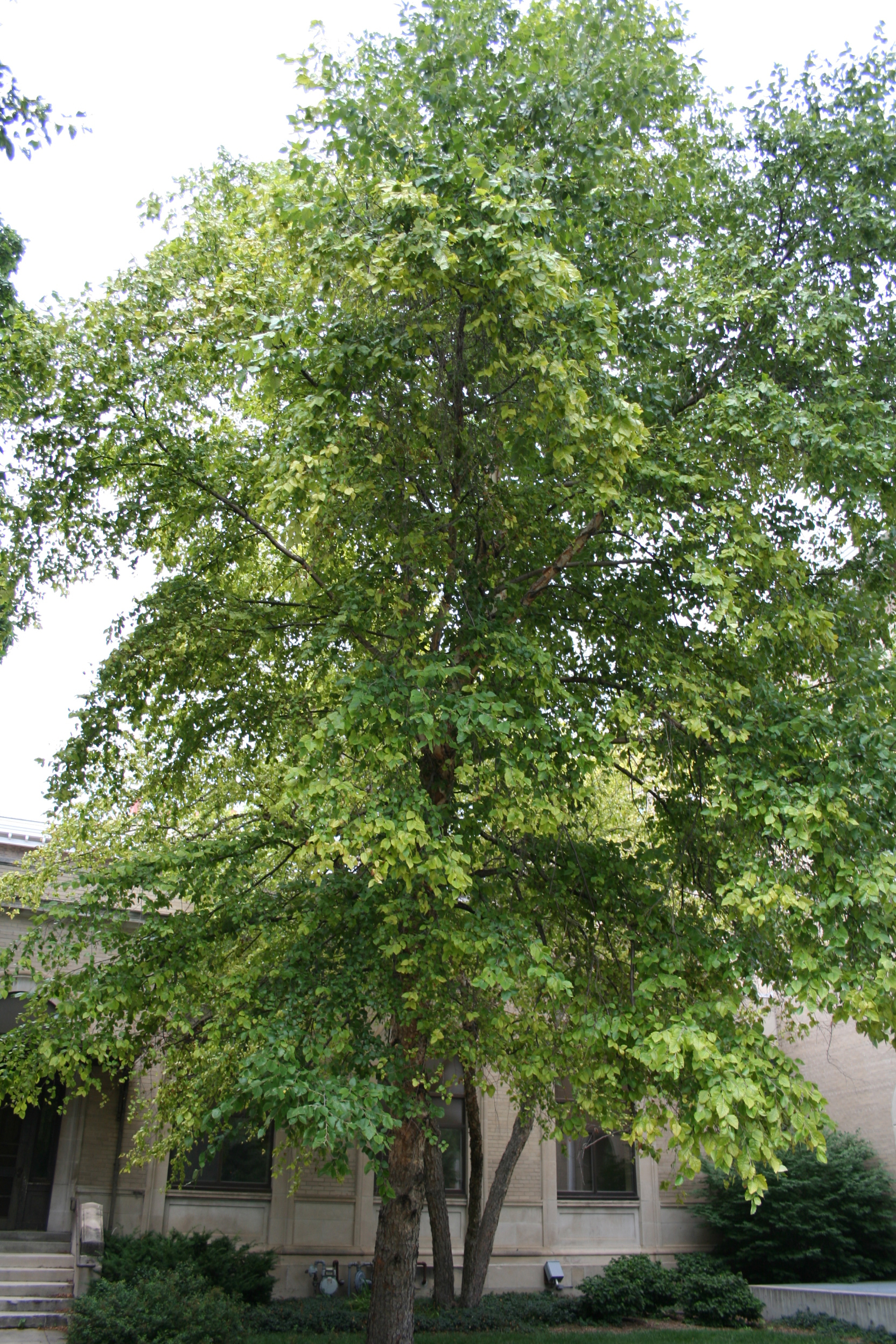
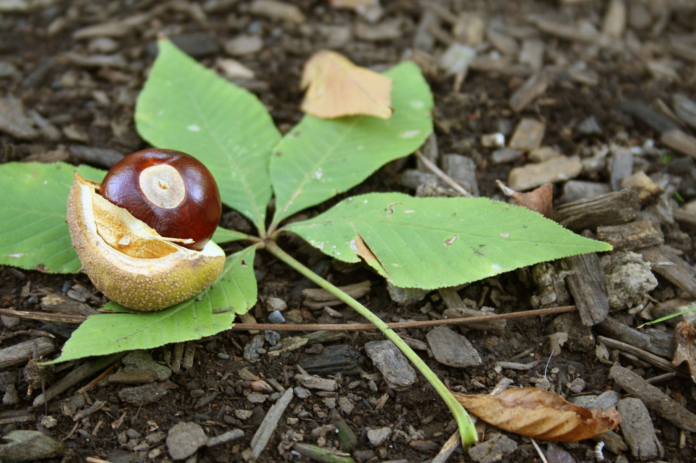
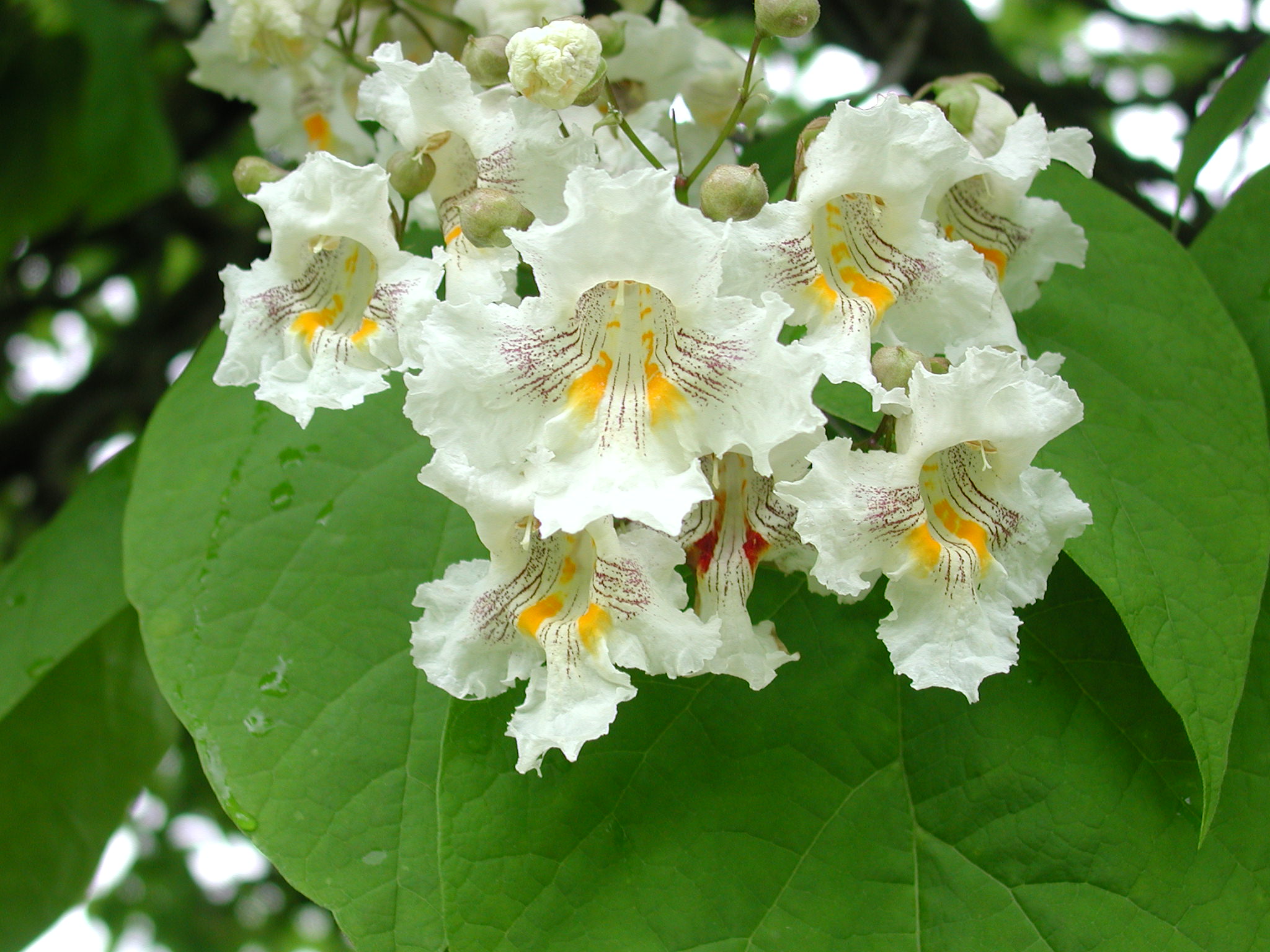
.jpg)
